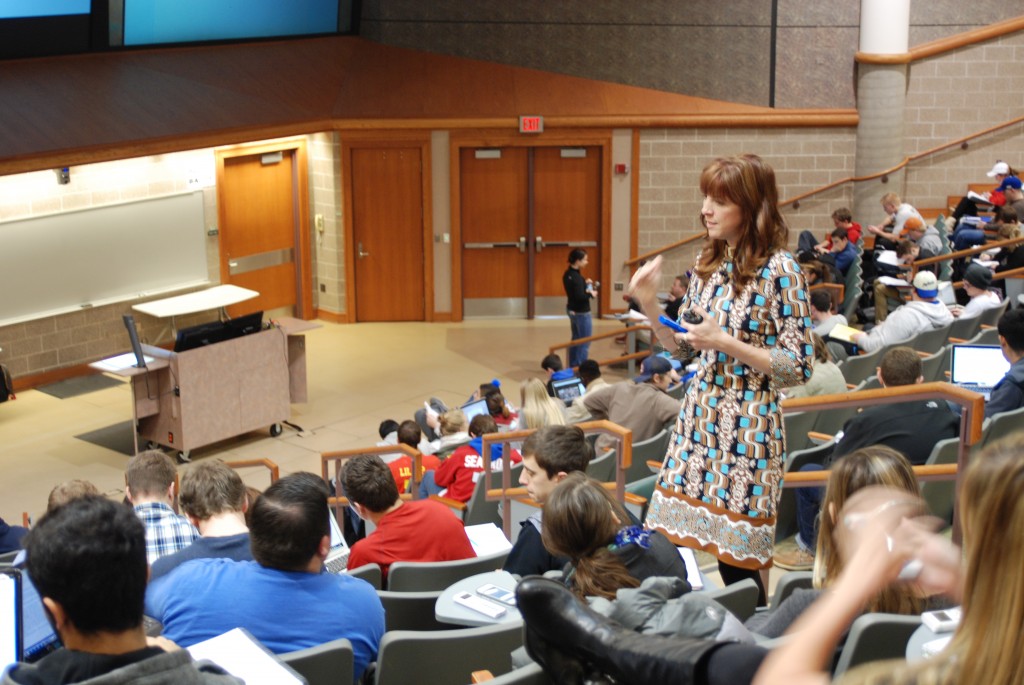A classroom lesson in collaborative learning
A classroom lesson in collaborative learning
I got a reminder this week of the value of collaboration.
In my 300-level hybrid class Infomania, I asked students to critique a hierarchical model of information and information processing explained by Gene Bellinger, Durval Castro and Anthony Mills.
